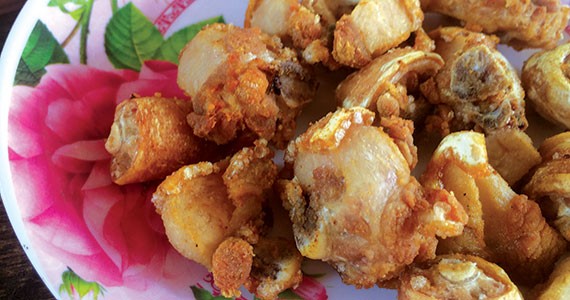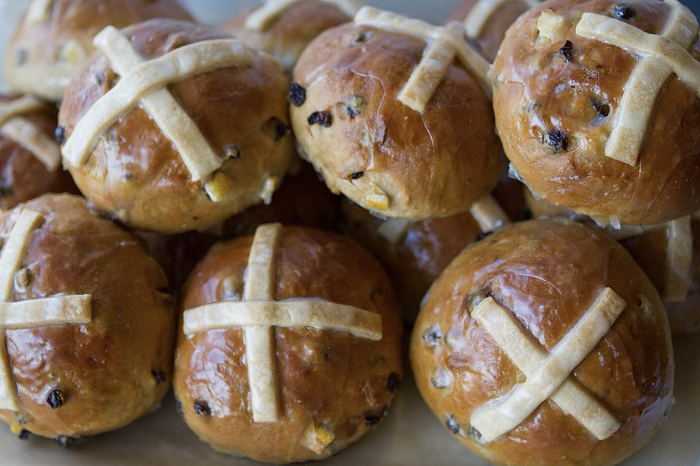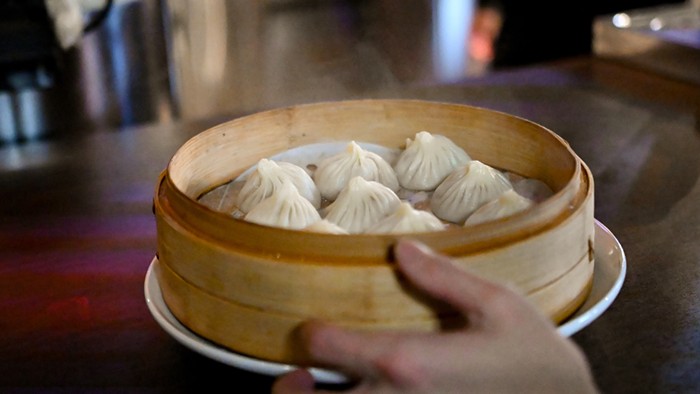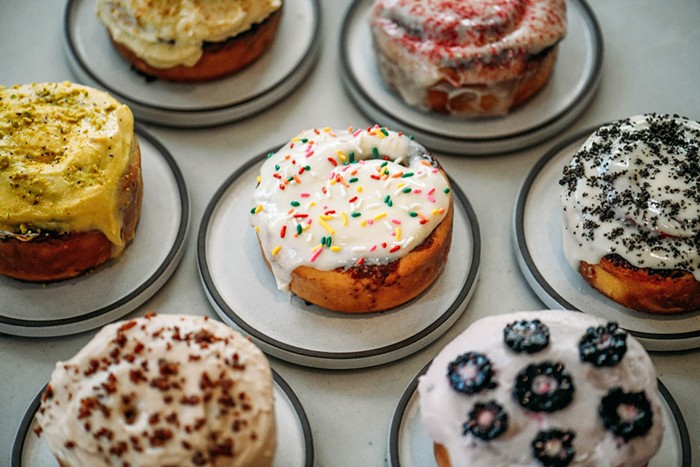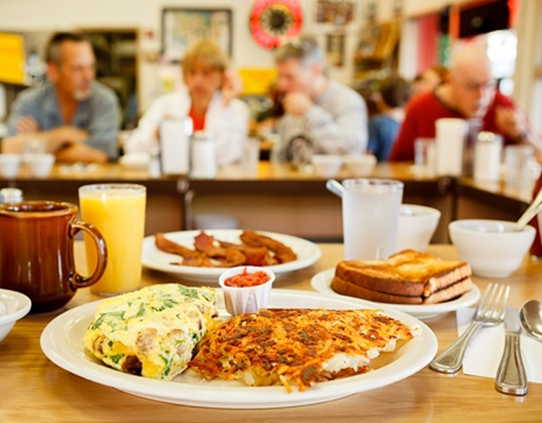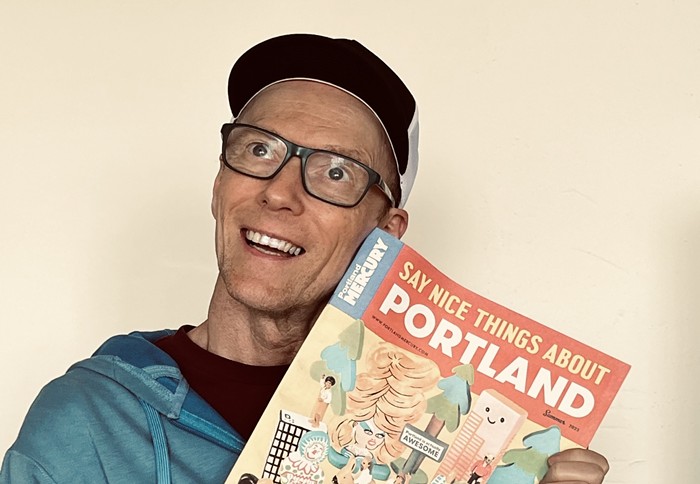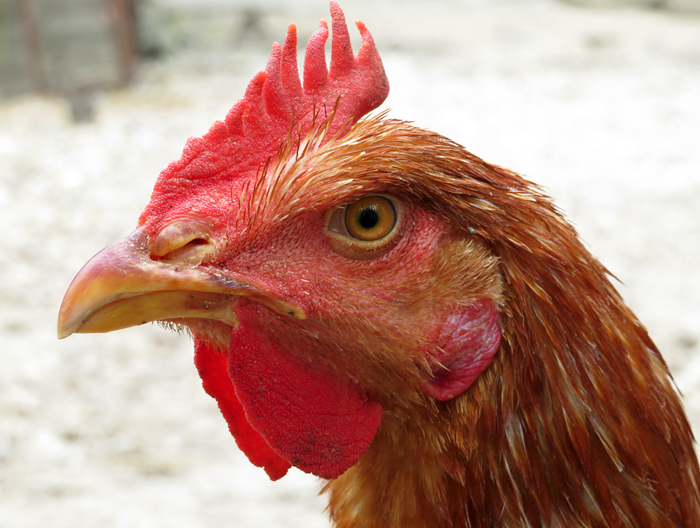IN ONE DAY in Thailand, I managed to consume the following parts of a pig: intestine, shoulder, raw blood, and tail. I have Pok Pok empire builder Andy Ricker to thank. Profusely.
I'm recently back from a three-week tour of Thailand and Vietnam (with a few days in Tokyo), which was a dizzying tour of temples, beaches, cities, and, most importantly, food.
Pro-tip: If you're serious about eating while you travel, tap the vast knowledge of the chefs you admire for recommendations, use Lonely Planet to fill in the gaps, and ignore the hell out of TripAdvisor, AKA Yelp for spice-phobic Europeans.
This, naturally, sent me running to two people for must-eats in Thailand: Ricker, whose Instagram account (@pawkhrua) is a geo-tagged trove of tastiness, and Earl Ninsom of PaaDee, Langbaan, the future Hat Yai on NE Killingsworth, and Common Law in the soon-to-open Pine Street Market.
As a rule, I decline most Thai dining invitations—one more run-of-the-mill pad see ew might break me—but (and you don't need me to say it) Ricker and Ninsom aren't doing that. The two are credited with shepherding the second and third wave, respectively, of Southeast Asian cooking into Portland, celebrating the spicy, the unusual, the... anything but chicken pad thai.
We started in Bangkok, where Ninsom's top pick was Nahm—rated the No. 22 restaurant in the world—where Australian chef David Thompson crafts fiercely authentic dishes based on painstaking research of the cuisine, from ancient royal Thai recipes to street food.
It makes sense that Ninsom would send us here: Langbaan co-chef Rassamee Ruaysuntia worked at Nahm, and from our first dish I could see Thompson's influence on Langbaan's menu. We chose the set menu for 2,500 baht (roughly $65 each) and were treated to fermented fish and peanuts on pineapple, the salty topping firing off the tart/sweet of the fresh tropical fruit. A king fish salad followed, so expertly spicy that it only made sense to eat it with the pomelo and lemongrass piled high on top. Finally, we had a red curry of scallop, Thai basil, and mint steamed into two perfect small bites.
It was like eating at the long-lost sibling restaurant of Langbaan, like they were the twins in Parent Trap, separated at birth, and similar as adults, but still with major differences. The betel leaves, many of the ancient recipes, the crispy ricecake canapés, the spice, and the family-style service all derive from Nahm, Ninsom says, but he's consciously made changes in his SE 28th restaurant-within-a-restaurant.
When he first visited, "I didn't like it at all," Ninsom says, because Nahm allows diners to choose à la carte items as well, which resulted in a disastrous meal combination that night. That inspired him to make his haute Thai restaurant prix-fixe only.
Ninsom says that he and his chefs also have to take what's in season into account. While Nahm's menu remains relatively static, Langbaan's changes monthly.
"We go from what's in season first, and then choose the theme to match those ingredients," he explained. "We do the recipe testing and eat it, and we'll just throw it away if we don't like it and make something else."
While only in his early 50s, Andy Ricker is the granddaddy of gourmet Thai in town. He joined Anthony Bourdain for a 2014 episode of CNN's Parts Unknown, where the two consumed all that Chiang Mai has to offer. Hot damn if this Northern Thailand city wasn't my favorite spot of the whole trip, with packed street markets offering fried quail eggs, sweet and spicy dried squid on a stick, and sublimely hot and coconut-y khao soi noodles with pork.
Ricker says he chose the spots for the show because they all do certain dishes "particularly well." To wit: the "Cowboy Hat Lady," who has been making khao kha muu—tender spiced pork over rice topped with a soft boiled egg with an ever-so-orange yolk—in the same spot for years. Crammed shoulder-to-shoulder at outdoor metal tables, chugging Leo beers, we grabbed a large order with a plate of impossibly tender and well-cleaned intestines for good measure. Hot damn, it's good. The cost? $2.
But our highlight was renting scooters and braving Thai traffic, highways, and driving on the opposite side of the road to find Him Tang, a roadside shack that specializes raw pork blood soup with lemongrass and fried cracklings of intestine. My Google Maps went out on the way, and it was mostly luck that we found it, as it has no English signs to help a foreigner out.
The soup was a brilliant scarlet, and a challenge even for an adventurous eater like me, due to the thick blood that coats your throat as it goes down, despite the good flavor and tasty cracklings. But a super-spicy pork laab, with sticky rice in small baskets (sound familiar, Pok Pok diners?) was the best I've ever had, and a grilled pork tail was fatty and just right. We settled our tab for about $5.
Don't expect the former on a Portland menu anytime soon—raw pork blood carries the risk of fatal parasites, something that I'm sure the health department wouldn't be into. But Ricker says he has a good idea of just how far to push the envelope.
"Because I am a farang [a white foreigner], I also understand pretty well what Americans will eat or not," Ricker writes in an email from Chiang Mai. "That scale is sliding heavily toward the more adventurous as our population demographic changes (ethnicity, age, exposure to other cultures' food, the rise of entertainment and travel shows like Tony Bourdain's and Andrew Zimmern's)."
And while he recommends his Instagram as a good place to find hidden gems while on holiday, Ricker says there's no single place he would send a tourist in his adopted second home.
"Thailand is different things to different people," he writes. "You can have an amazing experience in the most mundane setting or a shitty experience in the most stunning place. It's more about what you are looking for."
